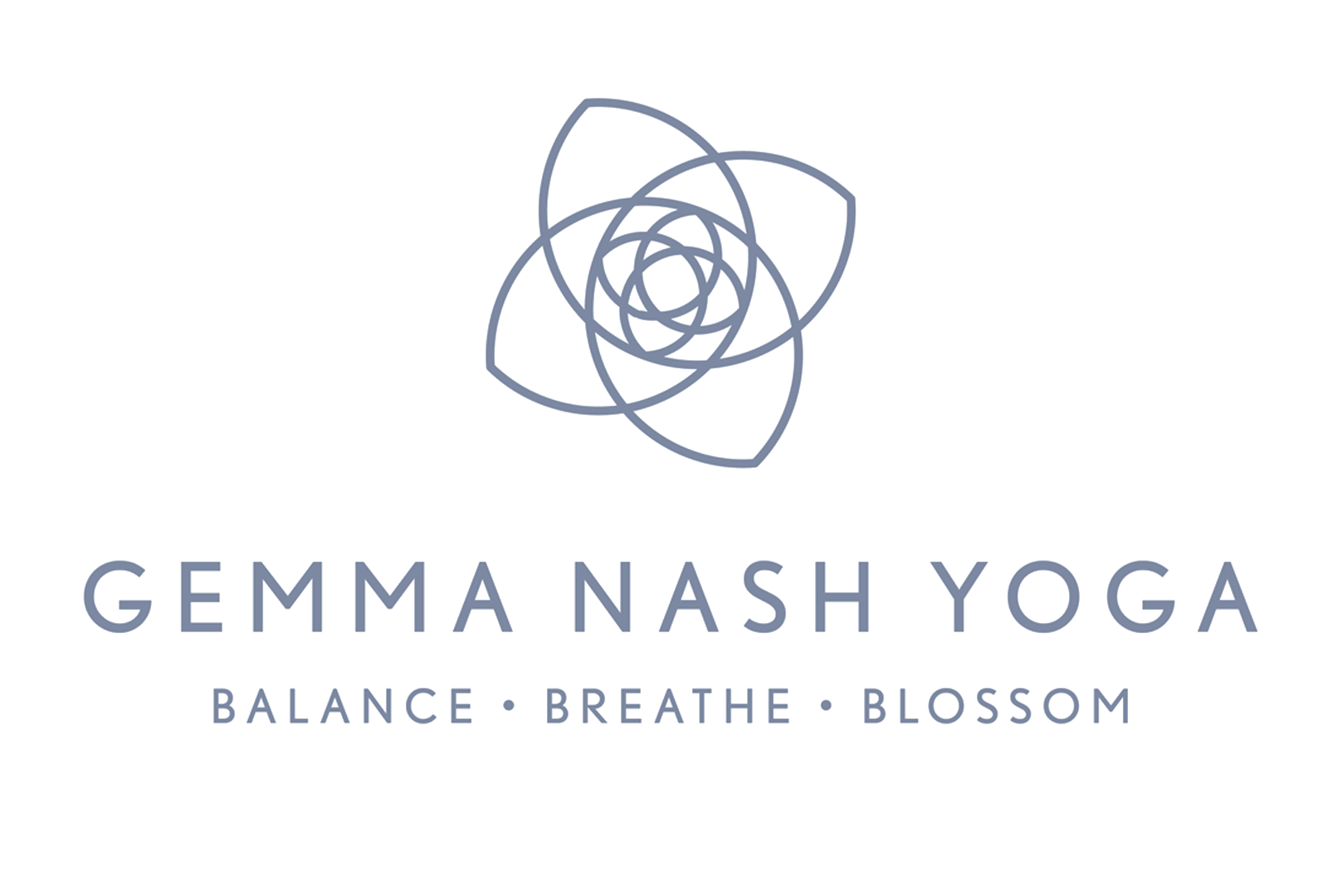60 Mins
Up and Over - Backbends
I neglect my backbend practice and it shows up when you go to do shoulder opening work or inversions. This is a varied practice, we have inversions, going upside down which may or may not be possible. BUT it’s the journey that matters most and attempting to embody each and every asana no matter it’s accessibility. Some of the simplest poses can be the most complex and be build towards some persons so there is always a place to be in the practice. With backbends the secret is not to focus on the parts that don’t move much but in stabilising the ones that do. You will always feel taller after back ‘bending"‘, they focus on really opening our front body that shortens up over the course of daily life.
Read More
